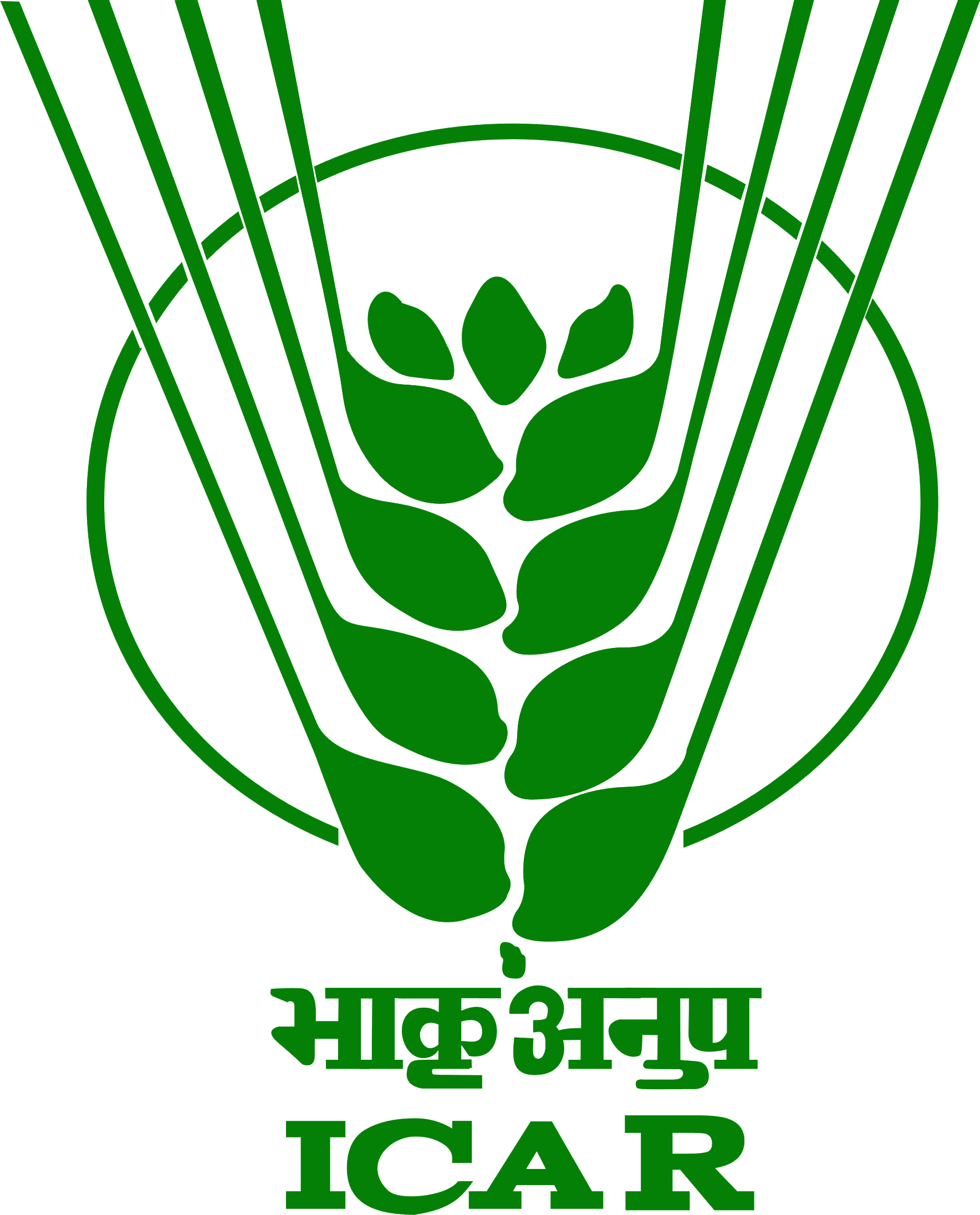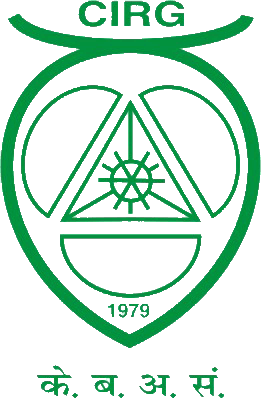



Select Language
|
 |
 |
All India Coordinated Research Project on Goat Improvement |
 |

|
Black Bengal Field Unit, West Bengal University Of Animal & Fishery Sciences, Kolkata, West BengalPrincipal InvestigatorDr. Manoranjan Roy, Asst. Professor Animal Breeding, WBUAS, Kolkata Activity assigned and targets fixed for each activity during the periodApart from implementation of technical programme, he unit was assigned following activities.
Activity carried out during the periodThis is a field based unit. Major work on pedigree and performance recording, bringing upon genetic improvement have been carried out on farmers flock distributed over various clusters. Following are the detail of work carried out and achievements made so far. Detailed AchievementsBlack Bengal Field Unit is under the West Bengal University of Animal and Fisheries Sciences, Kolkata. The Goat improvement work has been undertaken in this area. The project involved 1672 numbers of registered Black Bengal doe reared by 374 registered goat farmers rearing in four village clusters of four Gram Panchayat of three different blocks in two Districts (Nadia- Ayeshpur and Ganguria, South 24 Parganas – Rangabelia and Murshidabad- Bamunia) of west Bengal. Flock StatisticsThe flock statistics of Black Bengal goat during the period 2013-14 in 4 village–centers is presented in Table 1. The total population at the end of the year was 1672. Adult number of doe is 623 and male goat was 69 in the population. A total of 1808 kids were born and 1031 goat were sold during the year. Mortality number is 273 contributing 6.80% of the total population. The population growth during the report period was 53.65 %.
Table 1: Flock Statistics of Black Bengal goats during the period 2013-14
Body WeightThe least squares means for sex wise body weight has been presented in Table 2. The body weight during the year 2013-14 at birth, 3, 6 and 9 month of age were 1.187±0.010, 4.773±0.06, 7.316±0.102 and 9.787±0.114 kg, respectively. While the body weight during the year 2012-13 at birth, 3, 6 and 9 month of age were 1.23±0.01, 4.92±0.10, 7.62±0.12 and 10.60±0.25 kg, respectively. Variation in body weight at different ages is significant for all village units. The highest birth weight was recorded at Ganguria village unit (1.303±0.018 kg), followed by Ayeshpur (1.205±0.015 kg) and lowest at Rangabelia (1.031±0.018 kg). At 3 months of age the highest body weight was recorded at Ganguria village unit (5.241±0.119 kg), followed by Rangabelia (4.614±0.117 kg) and lowest at Ayeshpur (4.418±0.106 kg). But at 6 and 9 months of age the highest body weight was recorded at Rangabelia village unit (7.788±0.172 kg and 10.435±0.197 kg), followed by Ganguria (7.624±0.177 kg and 9.891±0.167 kg) and lowest at Ayeshpur (6.381±0.178 and 8.752±0.242 kg). This probably indicates the higher genetic potential of does and bucks as well as better nutrition received by them due to better care taken by the owners. Body measurements viz. body height; body length, heart girth, paunch girth, ear length and horn length at different ages are also reported. Table 2: Least Square Means of Body weight growth (Kg) in Black Bengal Goat
Genetic ParametersThe birth weight is low heritable 0.034 ± 0.046 in the population. The heritability increase with advancement of age and the highest value at 9 month age is 0.648 ± 0.054. Genetic and phenotypic correlation of body weight was also calculated and found that all are positively correlated. ReproductionThe age at first service and first kidding was 304.47±23.77 days and 439.17±24.67 days respectively in 2013-14, which is higher than in previous years (Table 3). In the report year, the weight of doe at first service and first kidding was 9.67±0.55 Kg and 12.69±0.28 Kg, respectively with 80.49±3.54 days as service period, kidding interval was 234.47±4.56 days with 146.14±0.12 days of gestation period (Table 3). In 2013 -14, out of 521 kidding, 956 kids were born of which twin born kids are the highest (54.51%), followed by singlet (31.86 %), triplet (11.90 %), quadruplet (1.54 %) and quintuplet kids (0.19 %) respectively.
Gaps/constraints/shortfalls/excess and reasons thereof, if anyNot applicable. PC’s evaluation: very good (A) Good (B) poor (C)------------------Very Good (A) ----------------- Future programme identifying the activities, timeline and targets for each of the activitySince, the Unit is actively engaged in brining upon improvement in farmers flock following activities are to done priority basis.
RemarksThis unit has been doing good work and has been able to show positive impact in farmers flock especially on health, fecundity and body weight growth. | |||||||||||||||||||||||||||||||||||||||||||||||||||||||||||||||||||||||||||||||||||||||||||||||||||||||||||
All India Coordinated Research Project on Goat Improvement Copyright © 2017 PC Unit, ICAR - CIRG, All rights reserved |
Visitor number: 49797 Developed by Shantanu Singh
Last Modified: 07 Apr 2019 |